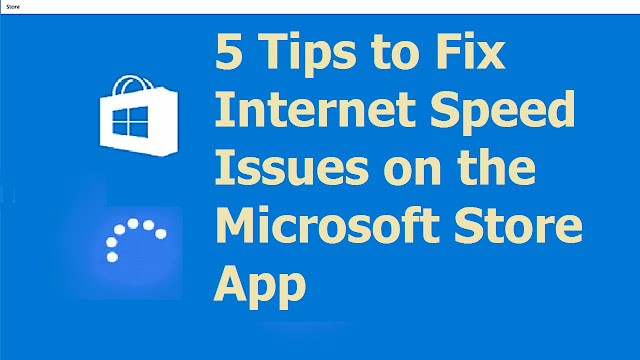Everything You Need To Know About Zero-Based Budgeting
What Does The Zero-Based Budgeting Approach Tell You
Creating a budget is far more than listing the expected expenditures on a sheet of paper. Budget makers lose all of their confidence when they spend hours with their calculators and still don’t get a green signal for their budgets. After days of fidgeting, they use the previous year’s data and percentages to create a new estimate for the time ahead. This is the usual approach that involves dependency on past records. The approval, though, depends on two factors. One, on how effectively the inferences are drawn from previous readings. Second, on how accurate are the proposed forecasts.
Past records can be useful to create a blueprint of the upcoming budget. This becomes helpful when marketers need to implement the same ideas further, and the costs are nearly stagnant. However, with markets changing as rapidly as weather forecasts, there is a need to peep into the details of this approach. The economy is like running water, and it presents changes every now and then. No new year is similar to the last, and price ranges aren’t predictable. New policies and practices cannot be constructed using previous budget records.
Moreover, for a budding entrepreneur who wants to kickstart a venture from scratch, there is undoubtedly no past experience or record he can implement in the new budget for that venture. That’s where Zero-budgeting steps in. Zero marketing involves starting the budget creation from scratch; using no past budget estimates. It is an approach used by marketers, either willingly or due to lack of choice.
Read on and dig deep into the concept.
Zero- Based- Budgeting (ZBB)- The Concept And Uses
Zero budgeting or zero-based budgeting refers to the creation of a fresh budget, in which the calculation starts from a zero-base. It is not estimated based upon past budgets. As new business strategies are getting unveiled, marketers are shifting towards the ZBB approach. Why? Because it lets them save up to 10 to 25 per cent.
Traditional Budgeting VS The ZBB
The traditional budgeting requires using past records to formulate new estimates. In this type of budgeting, one adds on previous year’s allotments and allocations to the new budget. More often than not, the method leads to a 2% increase. Next, the new expenditures are analyzed, and estimates are created. This strategy often leads to a rise in the overall expense.
However, the benefits include less time spent, and a simplified budget creating process.
The ZBB
Zero-based budgeting involves one, to begin with, a zero base. The process requires it to justify all spending listed in the budget.
Thus, one examines both prior and new spending and creates a budget for what is needed. The objective of zero-based-budgeting must be to decrease cost while simultaneously avoiding inhibiting growth.
Successful instances of zero-based-budgeting are manifested in the benefits companies like Unilever has enjoyed. The company, after switching to the ZBB approach, stopped wasting their capital in areas that are no longer useful to them. They have now decreased the cost of advertising production while raising capital investments in profitable media channels. They used a “trial and error” approach to begin with. In some countries, the brands have seen a 2% decrease in their share of sales. They say that zero-based budgeting is their strategy to keep their focus, resources, and budgets to present opportunities and threats in the market.
Several reports have been presented in support of both traditional budgeting and ZBB. A study by McKinsey suggests that the ZBB allows for rapid reallocation. Businesses that invest funds through ZBB outperformed the market.
source :-https://to-uk.com/blog/everything-you-need-to-know-about-zero-based-budgeting/



Comments
Post a Comment